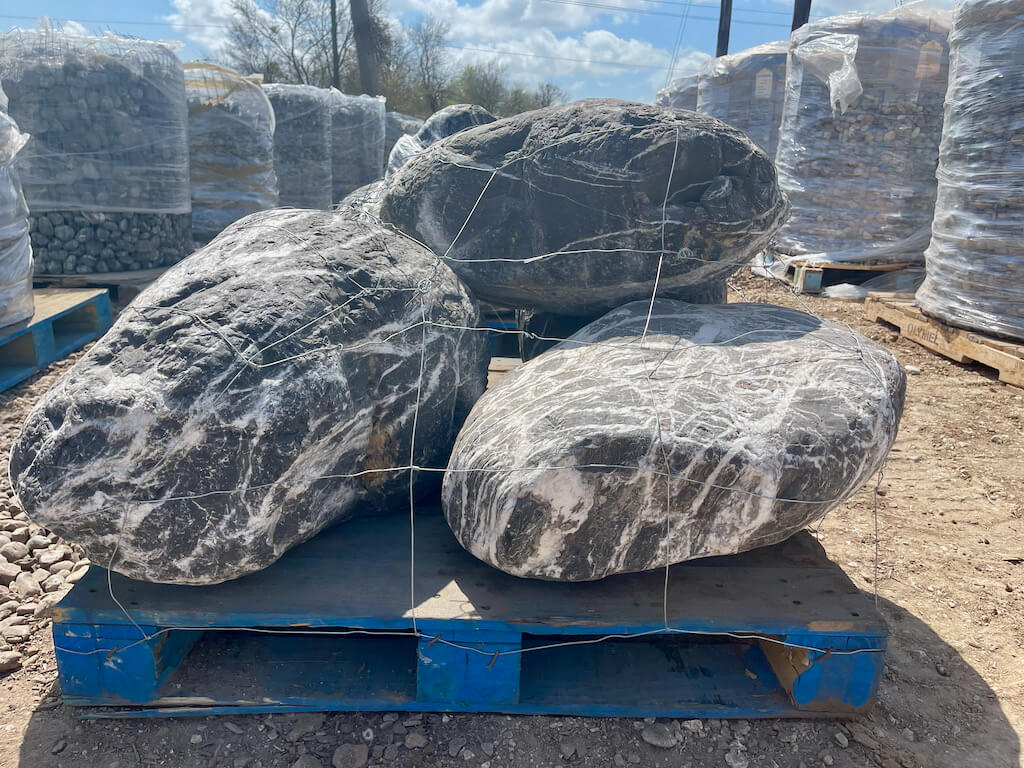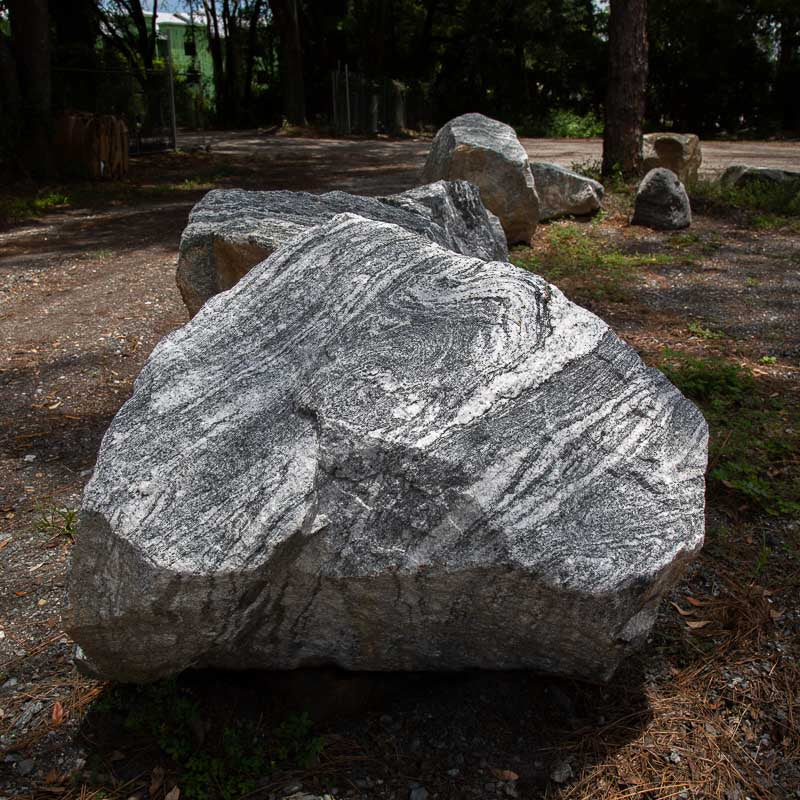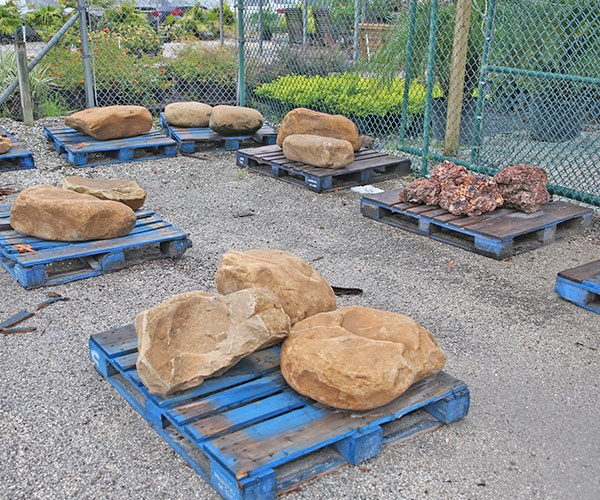When it comes to landscape design, decorative boulders can be the perfect touch to elevate the aesthetic of your garden or yard. As someone who has had the pleasure of integrating these natural stones into my own landscaping, I can wholeheartedly say they offer both beauty and functionality. In this comprehensive guide, we will explore the various types of decorative boulders available, their benefits, how to choose the right ones for your space, and some creative ideas for incorporating them into your landscape. Let’s dive in!
Understanding Decorative Boulders
Decorative boulders are large stones that come in various shapes, sizes, and colors. They add visual interest and can serve multiple purposes in your outdoor area. These natural elements can help create a focal point, provide structure, or even act as a functional border for gardens and paths.
Why Choose Decorative Boulders?
- Aesthetic Appeal: Boulders offer a rugged beauty that can complement virtually any landscape design.
- Durability: Made of natural stone, boulders withstand weather conditions and require minimal maintenance.
- Versatility: They can be used in various ways—from creating pathways to framing gardens.
- Environmental Benefits: Using natural materials like boulders can promote biodiversity in your garden.
Types of Decorative Boulders
Before you head out to find decorative boulders near you, it’s essential to understand the various types available. Here are some popular options:
1. River Rock Boulders
These rounded stones are typically smooth and come in various colors. They are perfect for creating a natural look in your landscape.

2. Granite Boulders
Known for their durability, granite boulders often feature beautiful speckles of quartz and are available in various sizes.
3. Limestone Boulders
Limestone is softer than granite and is often lighter in color. It can add a warm look to your landscape.

4. Basalt Boulders
These dark-colored boulders provide a dramatic contrast and are ideal for modern landscapes.
5. Fieldstone Boulders
Fieldstone boulders are uncut stones that provide a rustic look. They are available in various shapes and sizes, making them highly versatile.

How to Choose the Right Decorative Boulders
With so many options available, how do you select the right decorative boulders for your landscape? Here are some factors to consider:
1. Size and Scale
Consider the size of your outdoor space. Larger boulders can serve as focal points, while smaller stones can be used for accents.

2. Color and Texture
Think about the color palette of your garden. Choose boulders that complement your existing landscape features.
3. Purpose and Functionality
Determine what role the boulders will play. Will they be purely decorative, or do you want them to serve a functional purpose, such as providing seating or creating barriers?

4. Local Climate
Some boulders may perform better in specific climates. For instance, granite holds up well in colder climates, while limestone may weather more rapidly.
Creative Ideas for Using Decorative Boulders
Now that you know how to choose the right decorative boulders, let’s explore some creative ways to incorporate them into your landscape.

1. Focal Points in the Garden
Use large boulders to create a striking focal point in your garden. For instance, placing a unique granite boulder surrounded by colorful flowers can draw the eye and create a stunning visual contrast.
2. Bordering Pathways
Consider using smaller stones to create a natural border for pathways or flower beds. This not only defines the space but also adds a touch of elegance.
3. Water Features
Boulders can enhance water features like ponds or fountains. A few strategically placed rocks can give a more organic feel to the area.
4. Seating Areas
Large, flat boulders can serve as rustic seats around a fire pit or in a cozy gathering area in your yard.
5. Incorporating Them into Retaining Walls
Use boulders in the construction of retaining walls. Not only will they provide stability, but they will also add an attractive, natural look.
Where to Find Decorative Boulders Near You
Finding decorative boulders near you is easier than you might think. Here are some tips:
1. Local Landscaping Supply Stores
Most landscaping supply stores carry a selection of decorative boulders. Visiting these stores will also allow you to see the stones in person to gauge their size and color.
2. Stone Quarries
Check out local stone quarries for a wider variety of options. Often, they can provide larger or unique stones that you might not find in retail stores.
3. Home Improvement Stores
Big-box home improvement stores like Home Depot or Lowe’s typically have a garden section with a selection of decorative boulders.
4. Online Marketplaces
Websites like Craigslist or Facebook Marketplace often have listings for decorative boulders from local sellers.
Cost of Decorative Boulders
The cost of decorative boulders can vary greatly based on size, type, and location. Here are some general price ranges:
| Type of Boulder | Average Price ($) | Approximate Weight (lbs) |
|---|---|---|
| River Rock | 50 – 200 | 20 – 100 |
| Granite | 100 – 300 | 50 – 200 |
| Limestone | 75 – 250 | 30 – 150 |
| Basalt | 80 – 260 | 40 – 180 |
| Fieldstone | 60 – 220 | 25 – 140 |
Pros and Cons of Using Decorative Boulders
Like any landscaping element, decorative boulders have their pros and cons. Here’s a breakdown:
Pros
- Natural Beauty: Enhances the visual appeal of outdoor spaces.
- Diverse Uses: Can be used in various ways, from decorative to functional.
- Low Maintenance: Requires minimal care compared to plants or flowers.
- Long-Lasting: Resistant to weather and environmental changes.
Cons
- Initial Cost: Can be expensive, especially for larger stones.
- Weight: Some boulders can be heavy, requiring equipment for transport and placement.
- Lack of Flexibility: Once placed, moving them can be a challenge.
FAQs About Decorative Boulders
1. What are decorative boulders made of?
Decorative boulders are typically made of natural stone varieties such as granite, limestone, basalt, and fieldstone.
2. How do I transport decorative boulders?
Due to their weight, it’s often best to use a truck or trailer to transport boulders. You may also want to consider hiring a landscaping service for larger stones.
3. Can I paint decorative boulders?
While it’s possible to paint boulders, it’s generally not advisable as the paint may weather and peel. Instead, consider choosing naturally colorful stones.
4. How do I arrange decorative boulders in my garden?
Arranging boulders depends on your landscape design. Think about creating a natural look by clustering them in groups and varying their sizes and heights.
5. Are decorative boulders environmentally friendly?
Yes! Using natural stones like boulders supports sustainability, as they require no resources for upkeep and can promote biodiversity.
Conclusion
Decorative boulders are an excellent way to enhance your outdoor space, providing both aesthetic appeal and functionality. By understanding the different types of boulders, how to choose them wisely, and creative ways to incorporate them, you can transform your landscape into a natural haven. Whether you’re looking for a focal point in your garden, a border for your pathways, or even seating areas, decorative boulders offer endless possibilities! Now, go out and start your search for stunning decorative boulders near you to elevate your landscaping project!